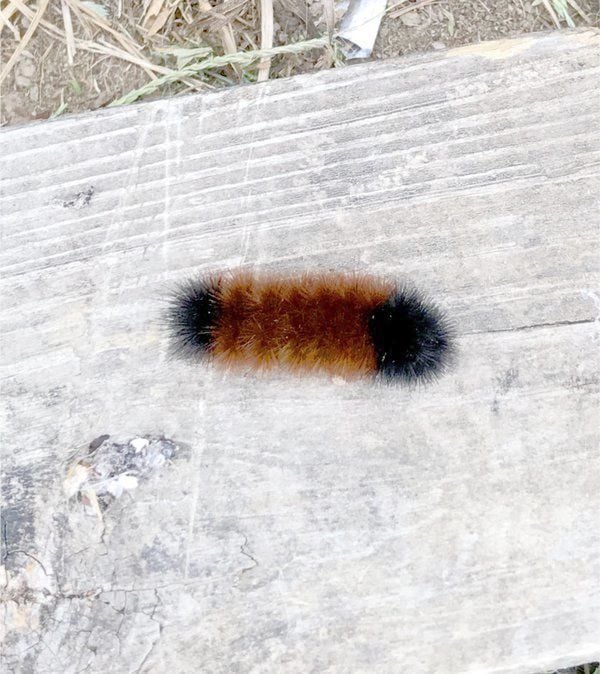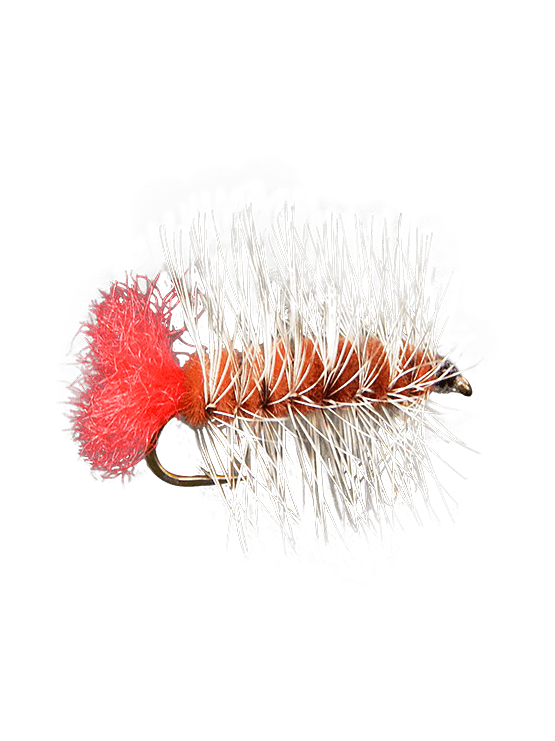

They feed for a brief period and then fashing a cocoon out of silk and body hairs. Then once the warm weather of spring arrives they become active again. as they leave their food source to try to find a place to call home for winter. We see them on roads, crosswalks, driveways, etc. Then towards autumn they start to search for a place to overwinter. As they feed they become larger and mature into the full-sized bristly caterpillar that we are used to seeing. They can be found inching around all summer, but are so small at this time that we don't even notice them. The little caterpillars then feed on a wide variety of grass and weeds (dandelions, clovers, corn, sunflowers, nettles, and leaves of various trees). In the summer months, the adult moth lays eggs that hatch into little caterpillars. The wings have black spots on them and when at rest are held roof-like over the body. The moth has a broad range throughout North America and is medium-sized with a dull yellow to tan color, tiny head, and furry little body.

It is a caterpillar larval stage of the Isabella tiger moth ( Pyrrharctia isabella). So just where are they going? The woolly worm, sometimes called the "woolly bear", is actually not worm at all.

It seems like with each step you see one of these little guys moving across the road like a locomotive. If you ever go on a walk in the evenings just look at the road. You know, the dark-colored fuzzy caterpillars (or in some cases white) that begin to appear and are in a big hurry to go somewhere. One thing that I can't help but notice each year at this time is the activity of the woolly worms. Warm days with cool nights.this is what I have been waiting for all summer long!! There is nothing like the crispness of a cool autumn morning!! Soon the leaves on the trees will begin to change and the sounds of harvest will begin.


 0 kommentar(er)
0 kommentar(er)
